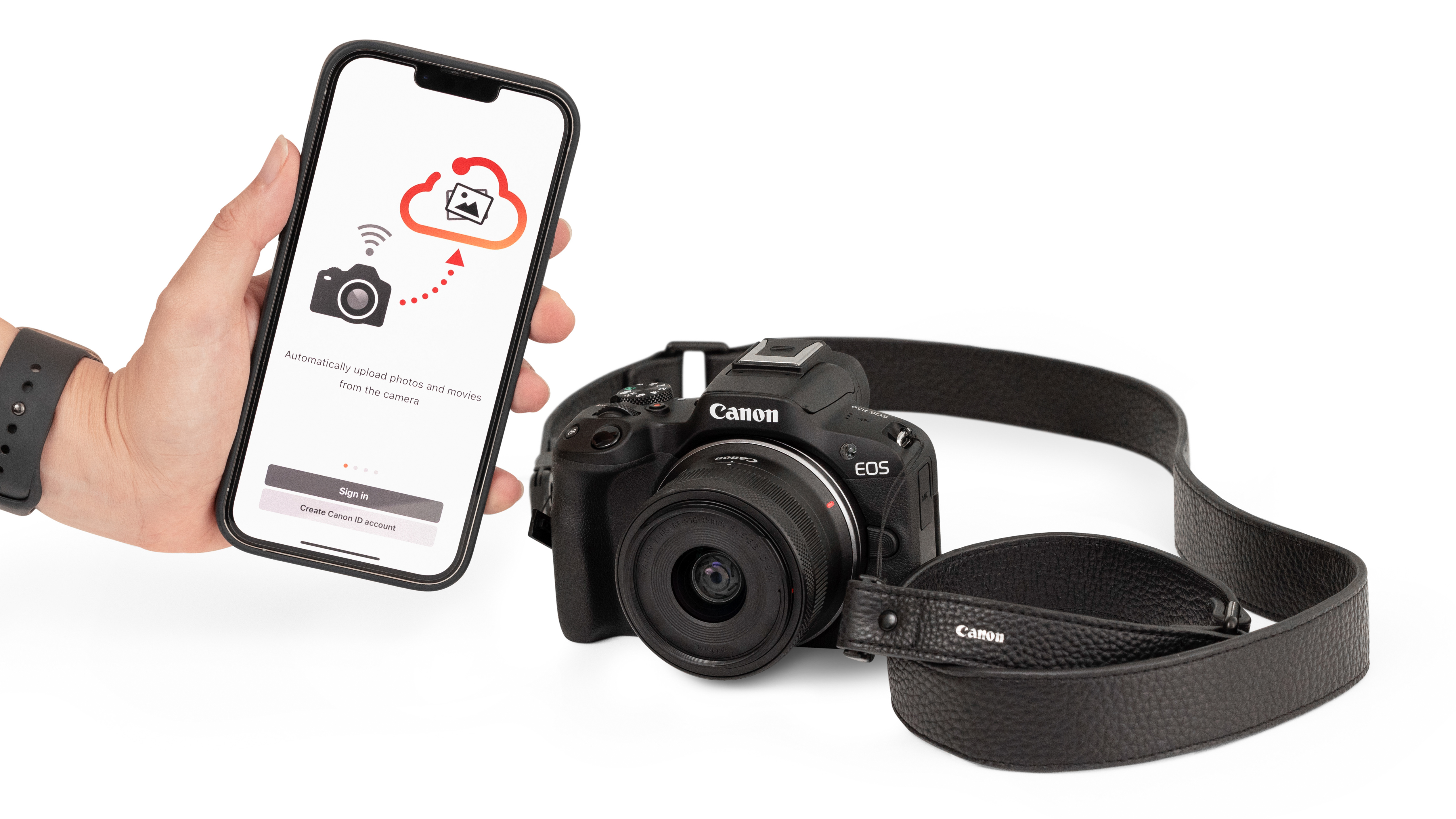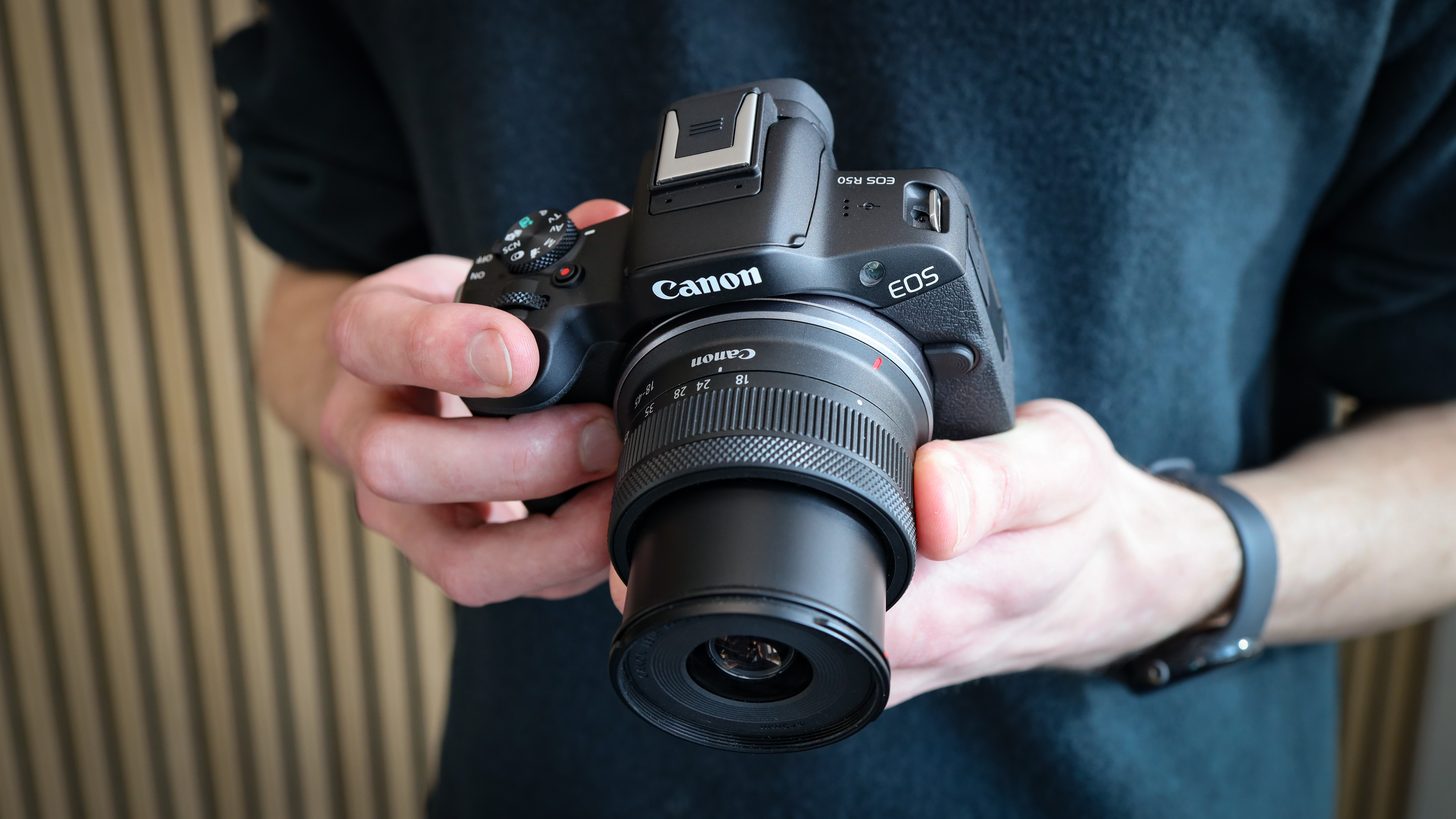
The main impacts of the Covid-19 pandemic were bad enough, but the ongoing fallout continues to reshape much of how we live and work. For industries, there have been numerous problems related to staff shortages and hence interruptions to parts supplies and their delivery. For the camera makers, the outcome has been a strange 12 to 18 months during which virtually all the new models that have arrived on the market have been higher-end. True, the market has been steadily moving from volume to value for some time in response to the smartphone’s decimation of the compact camera business but, for a while, all we were seeing were semi-pro and pro models with price tags to match. No doubt the thinking was to prioritize the launch of cameras capable of delivering bigger profits.
Consequently, the options for owners of entry-to-mid-level DSLRs who were looking for a mirrorless replacement priced at under AU$2,000 ($1350/£1100) – but with the latest tech – were looking a bit limited. There are sub-AU$2,000 mirrorless cameras available, of course, but they’re nearly all two to three years old (or even older) and a lot has happened in that time... for starters, AI-based subject recognition for AF tracking which arrived with the Olympus E-M1X in early 2019. Now, however, we might be getting back to normal... or at least Canon is, first with the EOS R10 and now the R50.
Personally, I think the Canon EOS R50 is the most significant new camera release for quite some time. It’s going to have a lot to do in terms of satisfying quite a few different demands – both inside the Canon ILC ecosystem and beyond it – but I reckon it’s up to these challenges because it’s a very clever balance of capabilities and affordability.

Canon has been a bit of a master of this throughout the EOS era with both its 35mm SLRs and its DSLRs... keep the pricing keen, but just give consumers a little bit more that tips the value-for-money scale to Buy Me Now! It’s why the user group for mid-level cropped-sensor Canon DSLRs – the long lineage of three-digit model number cameras that started with the pioneering Digital Rebel / EOS 300D – is easily the biggest in photography. There’s still a legion of Rebel shooters – you may well be one of them – using the likes of the EOS 200D II, 750D, 800D and 850D.
The good news is that the EOS R50 is your camera and it’s better than anything you’ve been using... nearly full-frame AF coverage with Dual Pixel CMOS AF II, AI-based recognition for a bunch of subjects, continuous shooting at 15fps, 10-bit HEIF capture (and Canon’s cRAW), 4K video recording at up to 30fps, and all the wireless connectivity conveniences for smartphones and the cloud. And, of course, it’s properly compact without feeling like a toy.
• See our full Canon EOS R50 review
Canon has also chucked in a few auto image processing smarts that are designed to attract the attention of camera phone devotees, although this is arguably the R50’s biggest challenge... because it’s still a camera and not a phone. The marketing will have to be more precisely targeted at this sector and really sell the clear advantages of the R50 being a camera and not a smartphone – like much more control of depth of field. Nobody has succeeded at this yet, mind you, but because the R50 is also very smartphone-friendly, it’s got more of a chance, especially given its compactness. Canon has also got vloggers in its sights for the R50 and it’s easily the better option for this than Nikon’s Z30, but a viable alternative to the Sony ZV-E10.
Travel photography? You bet, because of all the features and functions mentioned so far. Students and beginners? Of course.
So there’s no doubt the EOS R50 has the potential to be many things to many people, and you may even decide it’s a better bet than the R10 because it’s smaller again, cheaper by around AU$250 (with the 18-45mm standard zoom) and still has everything that really matters. Oops! Sorry, Canon.
It’s natural to get excited about high-end cameras that are packed to the gunwales with goodies, but frankly, entry-level models are where the clever thinking happens... and these are also the models that ultimately build a brand. The EOS R50 is the cheapest – and smallest – Canon R-mount mirrorless camera yet, but it’s a big deal for its maker and potentially a great many photographers for whom affordability and portability are key requirements.
Best mirrorless cameras
Best cameras for beginners
Best Canon RF lenses







